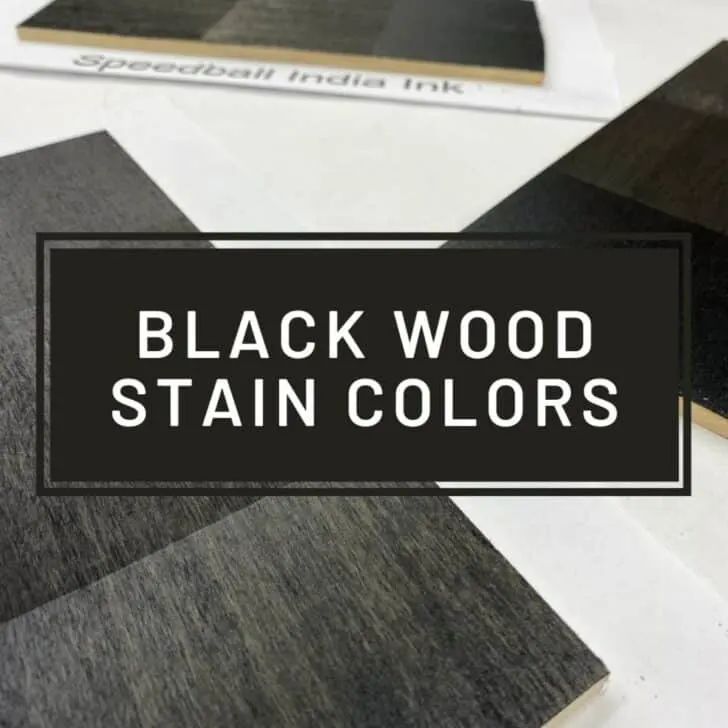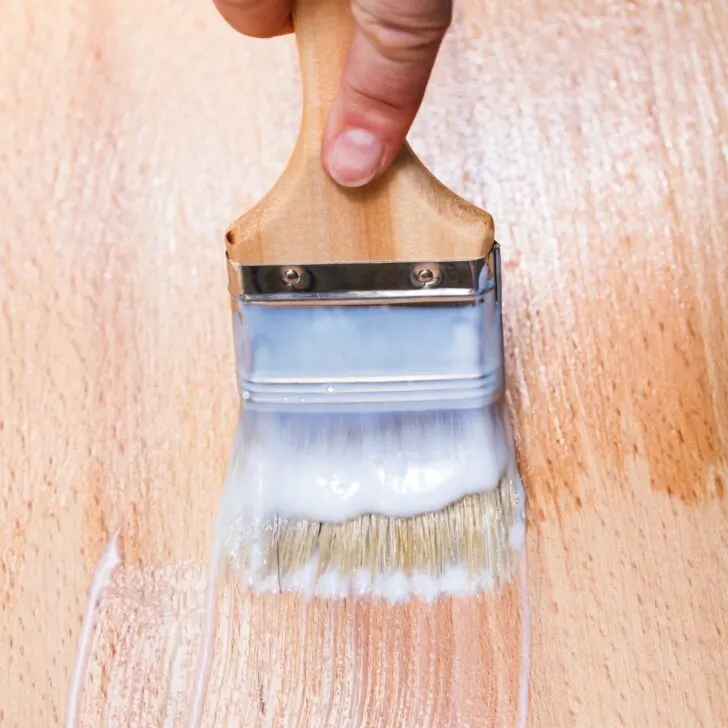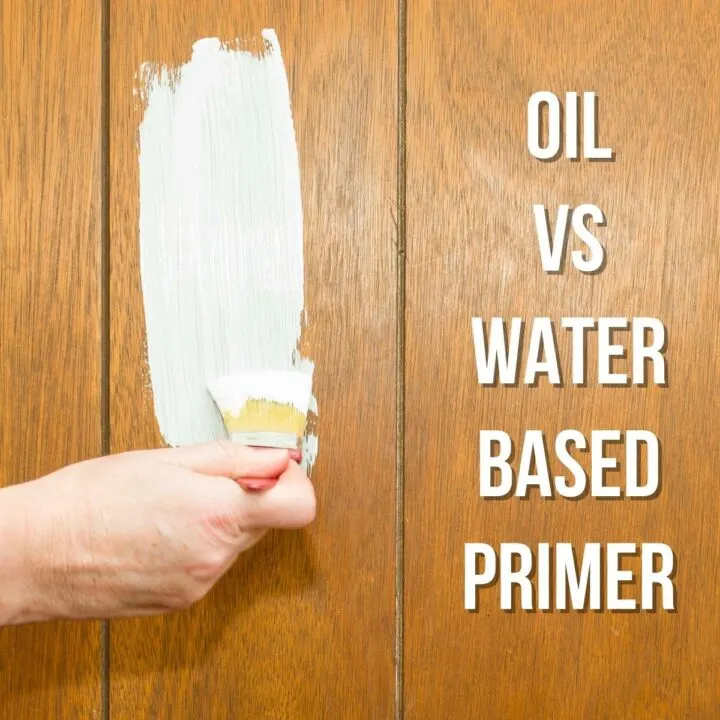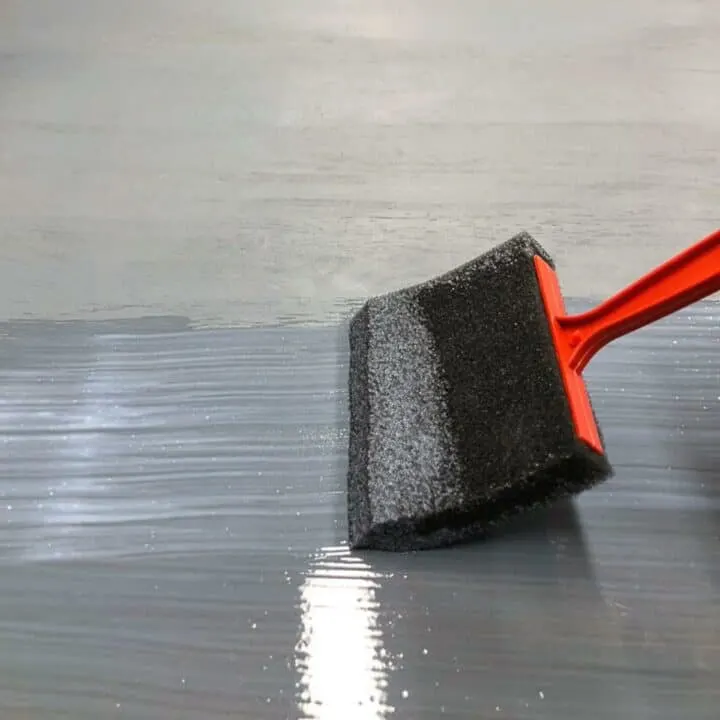Wondering which stain you should use for your next project? I compare gel stain vs oil stain and highlight the pros and cons of each!
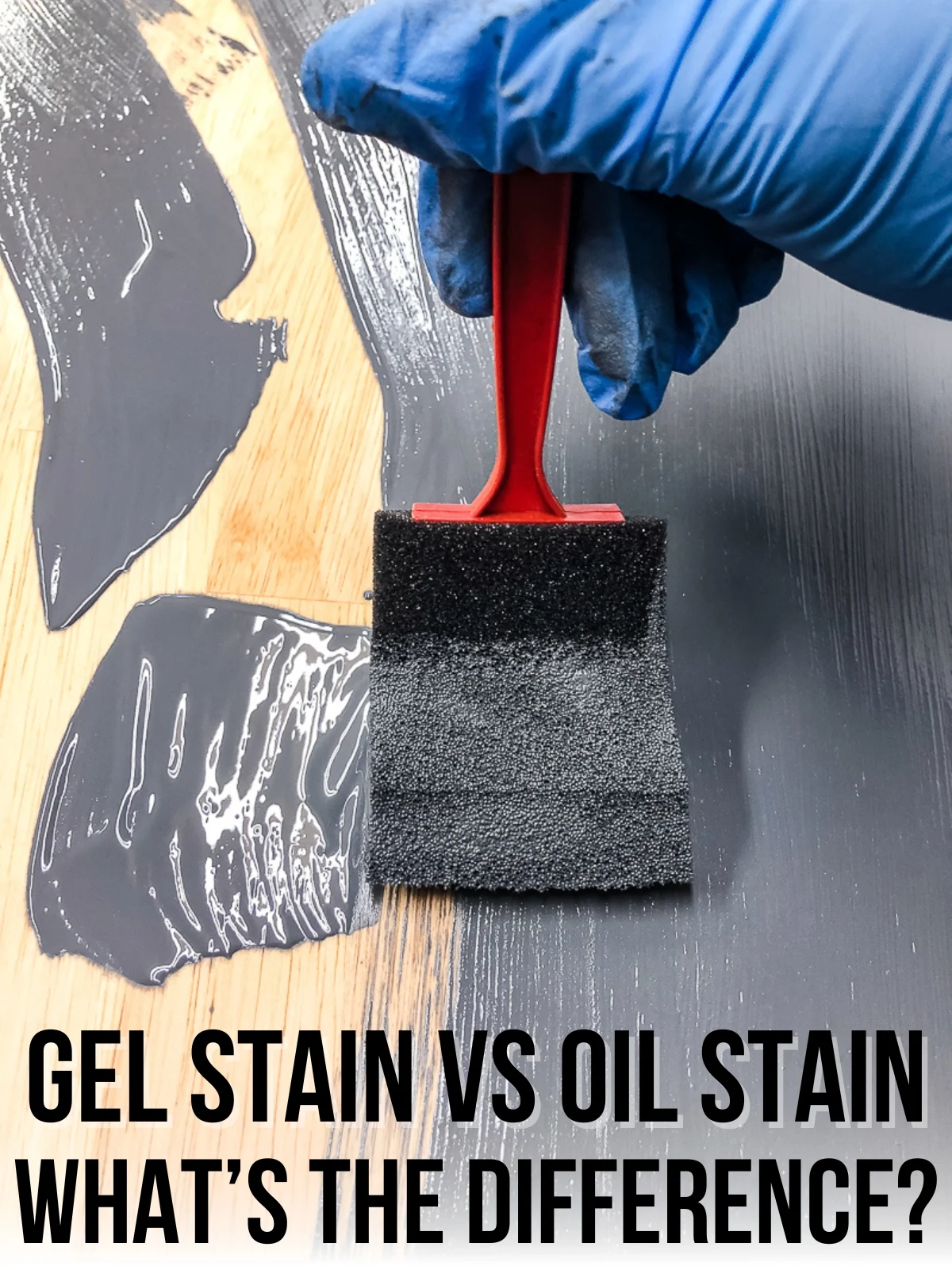
Deciding on the right stain for your project can make all the difference in the final outcome. In this article, we're going to zero in on two popular options: gel stains and oil-based stains. We'll break down what makes each unique, their pros and cons, and when you might want to choose one over the other.
This post contains affiliate links for your convenience. Purchases made through these links may earn me a small commission at no additional cost to you. Please visit my disclosures page for more information.
What's the difference between gel stain and oil stain?
Gel stain is a type of oil stain with a thicker consistency. This difference in viscosity makes gel stain more forgiving, and less dependent on preparation to achieve an even color.
Regular oil stains have a watery consistency and can create blotches if you don’t properly prepare the wood. However, they usually dry faster, are less expensive and come in a wider range of colors.
What is gel stain?
Gel stains are a bit different from your traditional wood stains. The first thing you'll notice is their consistency; they're thick, almost like pudding. This quality makes them ideal for projects where you want a more controlled application, limiting drips and runs.
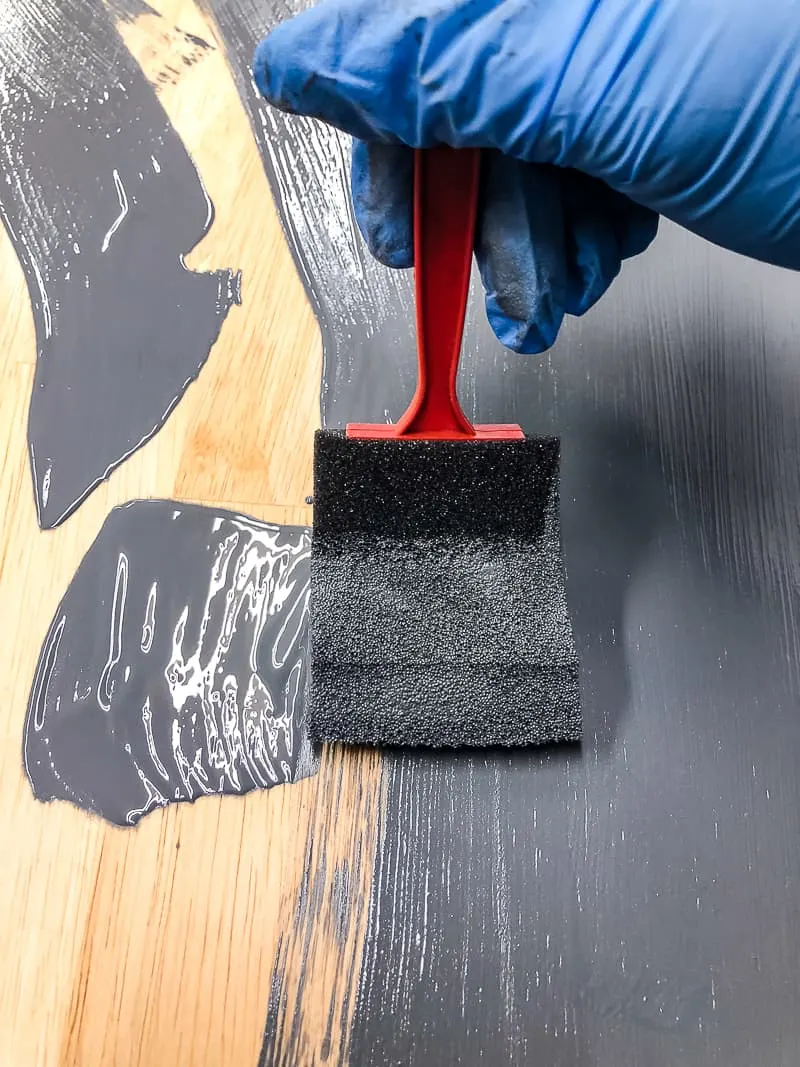
The thicker consistency allows the pigments to sit on the surface as well as penetrating into the wood grain. This means you don't have to be a pro at wood preparation to get an even, beautiful finish.
Gel stains are often used for refinishing projects or when you're working with woods that have a varied grain pattern. For example, the wood of my dining table is a maple butcher block, so there's lots of joint lines and different grain patterns.
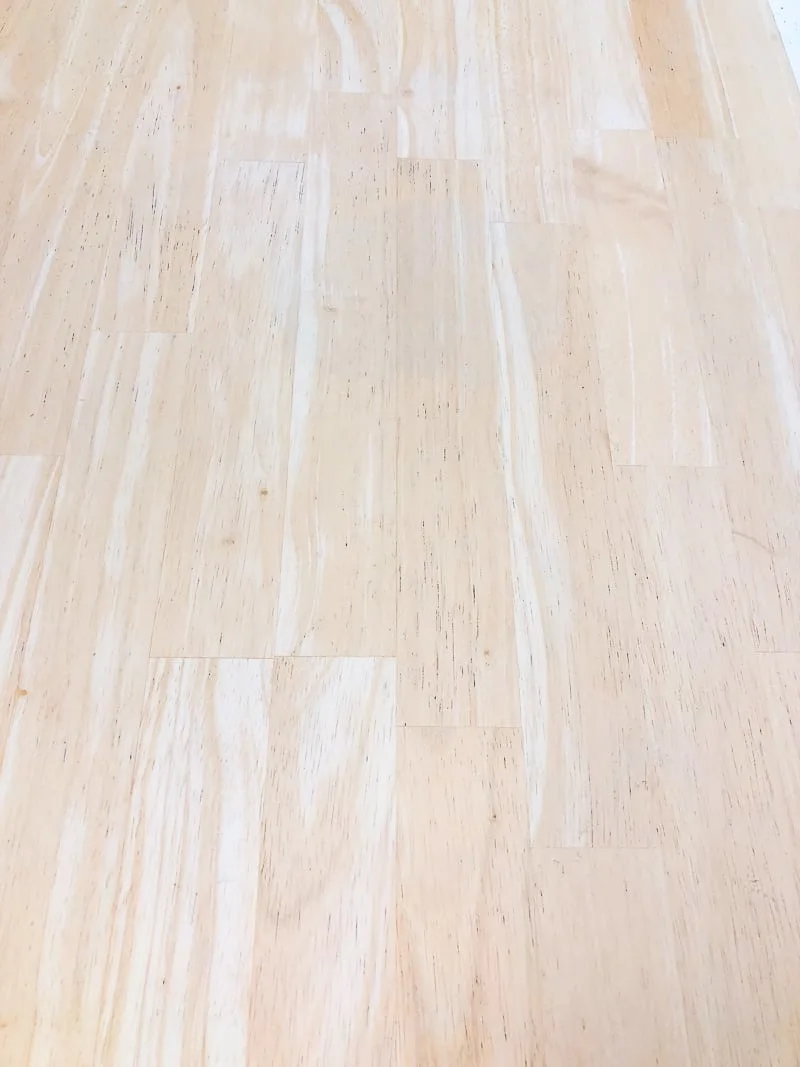
After testing out six different gray wood stains, I used General Finishes gray gel stain to refinish my dining table. You can see how the gel stain evened out the surface and made those variations disappear.
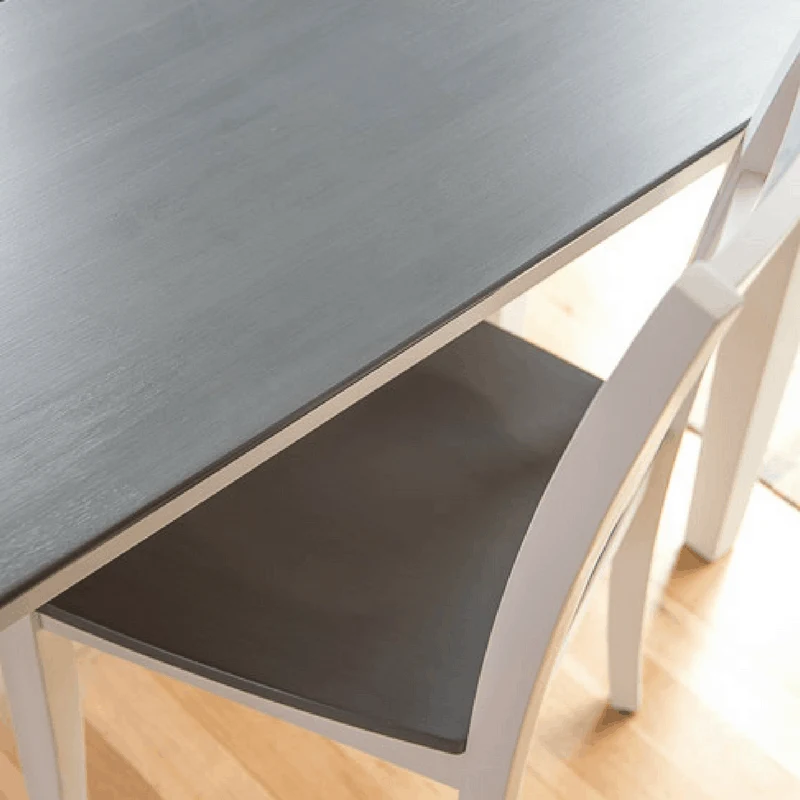
Pros and Cons of Gel Stain
Pros:
- Easy Application: The thicker consistency makes for easier, more controlled application with less drips and runs, which is great for beginners or for working on vertical surfaces.
- Less Blotchy: Gel stains are more forgiving on woods with uneven grain, reducing blotchiness and resulting in a more consistent color.
- Longer working time: If you're staining a large surface, you don't want one side to dry before you're finished the other. Gel stain dries slowly, giving you enough time to get the job done.
- Minimal Prep Work: You can apply gel stain over existing finishes, so you don't have to sand down to bare wood like you would for regular oil stain.
Cons:
- Slower Drying Time: They generally take longer to dry than oil-based stains, sometimes requiring up to 24-48 hours between coats.
- More Expensive: You'll usually find that gel stains are a bit pricier than their oil-based counterparts.
- Fewer Options: You won't find as many colors available in gel form.
- Ventilation Needed: Because they're usually oil-based, you'll need good ventilation due to the VOCs (Volatile Organic Compounds).
What is oil stain?
Oil-based stains are a more traditional option for staining wood. They're made from a blend of oils and pigments that work to penetrate the wood's grain. This gives you a more natural look, but it also means you may need to apply pre-stain wood conditioner to get a consistent color.
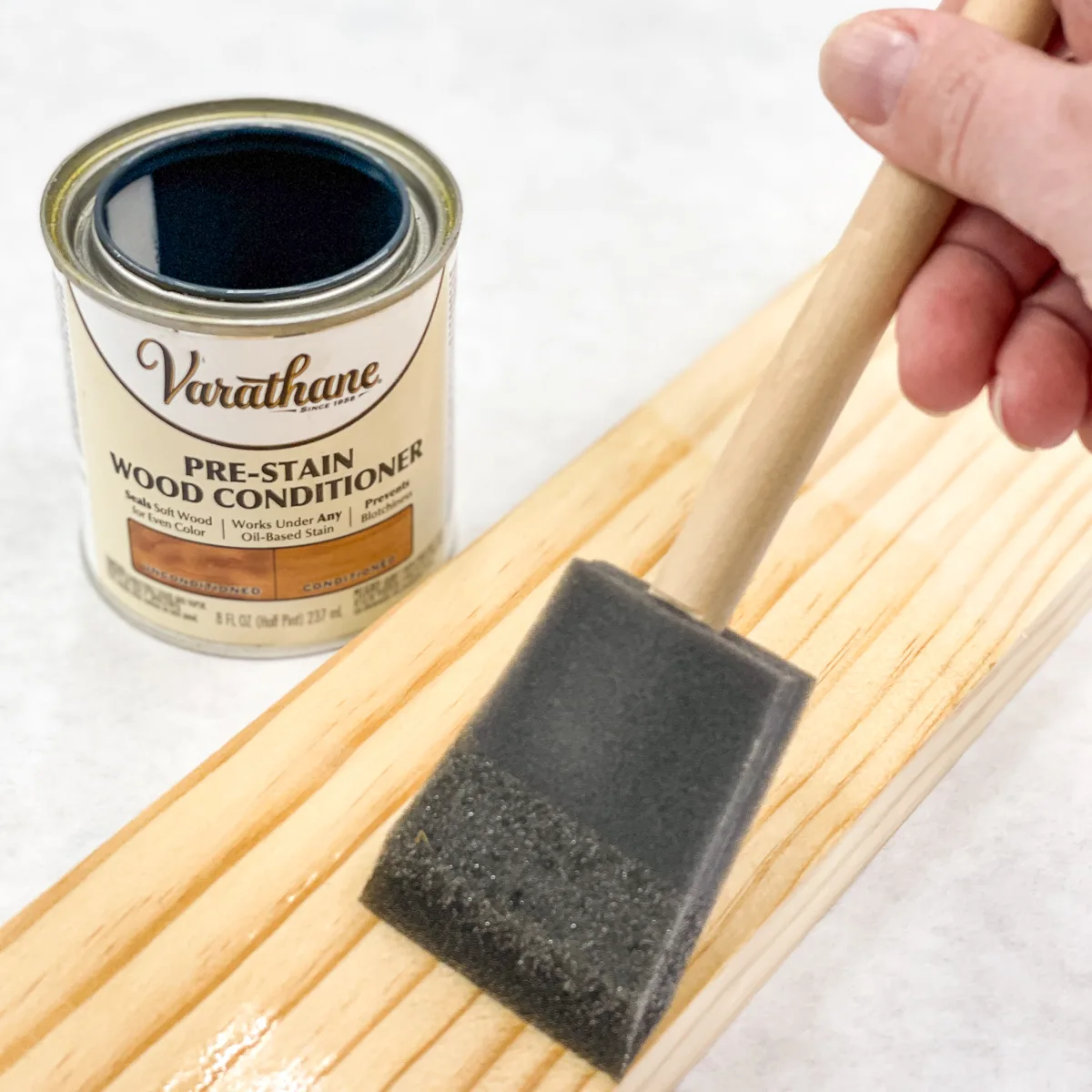
Oil-based stains are pretty versatile. You can use them on everything from furniture to decks to kitchen cabinets. I often use oil-based stains for my outdoor projects like these outdoor shelves, because they're formulated to hold up to moisture while also enhancing the wood grain.
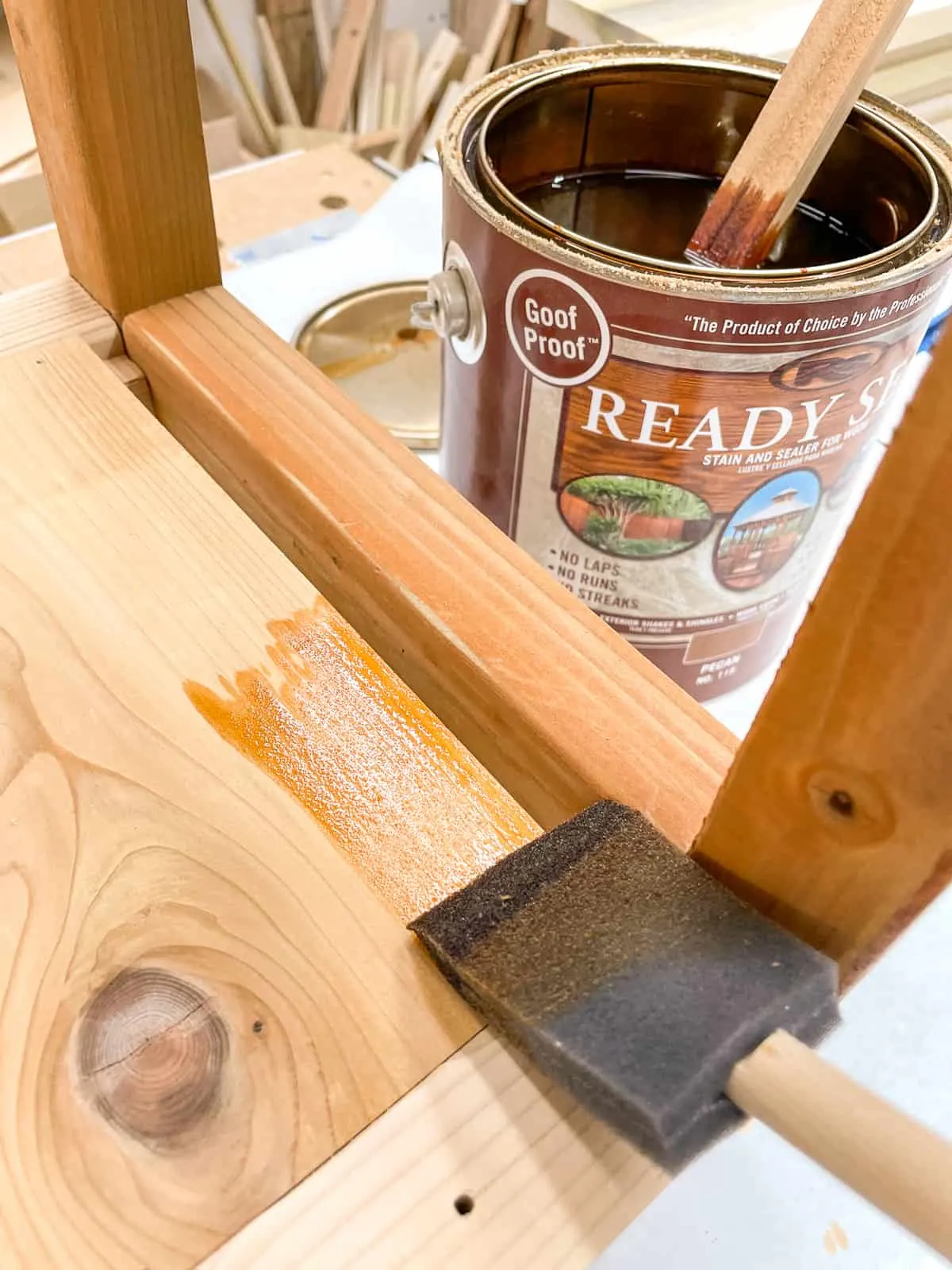
When it comes to cleanup, you'll need mineral spirits, just like with gel stains. Safety tip: make sure to work in a well-ventilated area because oil-based stains can emit fumes that you don't want to be inhaling for long periods.
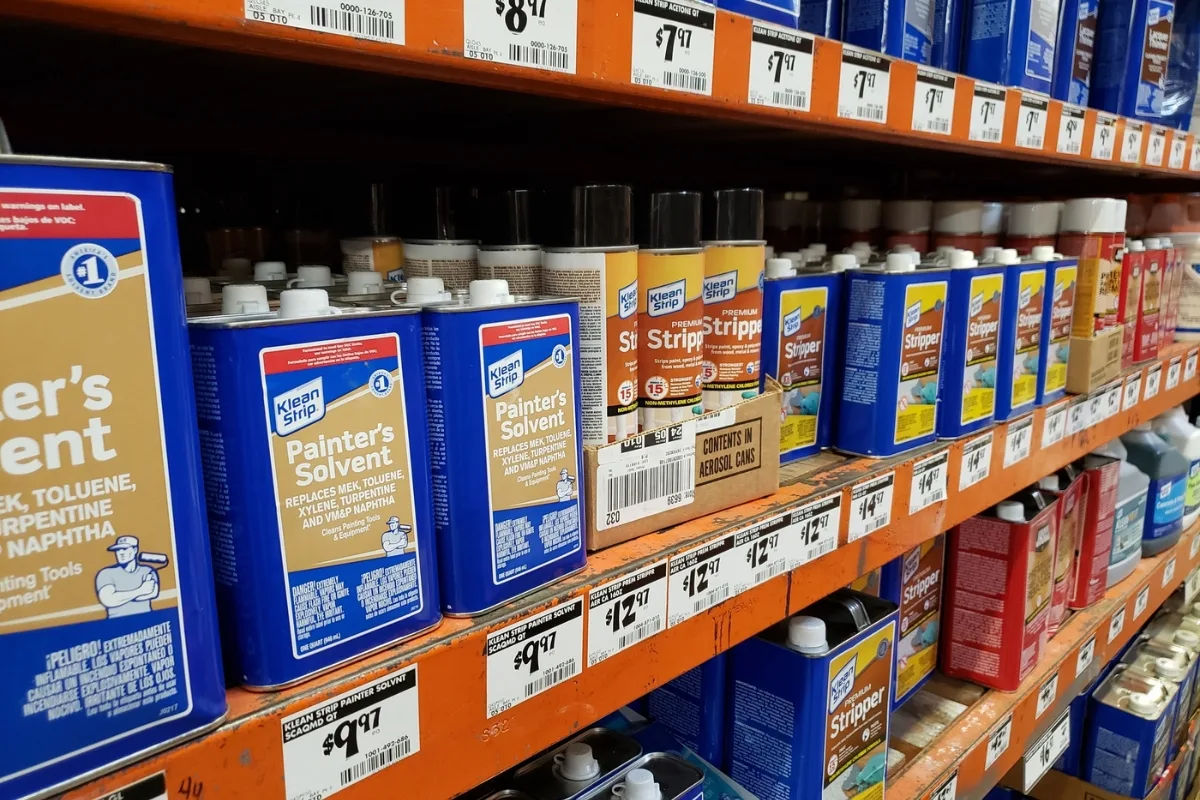
Pros and Cons of Oil Stain
Pros:
- Deep Penetration: These stains soak into the wood for a more durable, long-lasting finish that looks more natural. Scratches on the surface won't show the original wood color underneath.
- More Transparent: If you want to highlight the wood grain, you're better off sticking with regular oil stain that won't hide the details under a layer of pigment.
- Faster Drying Time: Generally, they dry more quickly than gel stains, allowing you to move on to applying a topcoat or second coat sooner.
- Cost-Effective: Oil-based stains are often cheaper than gel stains, making them a go-to for larger projects where budget is a concern.
- Better Selection: You can find oil stains at any hardware store. Gel stains are more difficult to find and may not have the color you want.
Cons:
- Requires More Prep: You'll need to spend more time preparing the wood to avoid blotchiness or uneven color. Oil stain needs bare wood in order to sink in properly.
- Can Be Runny: The thinner consistency can lead to drips or runs if you're not careful during application.
- Results Can Be Blotchy: Some wood species take stain better than others. If you're looking for a consistent color on woods like pine, you may want to use pre-stain wood conditioner to even out the surface before staining.
- VOCs Present: Like gel stains, these also emit VOCs, so you'll need to ensure good ventilation when using them.
Now that you know the difference between gel stain vs oil stain, you can choose the best one for your project! Remember, there's no one-size-fits-all answer. It will depend on a range of factors including the type of wood you're working with, your skill level, and the finished look you're aiming for.
Check out these other wood finishing articles!

